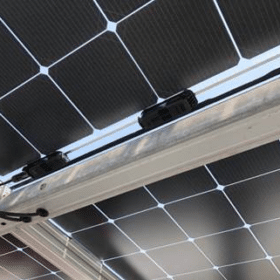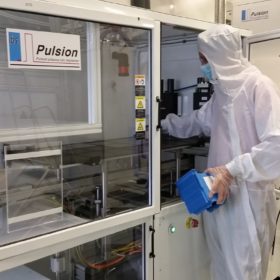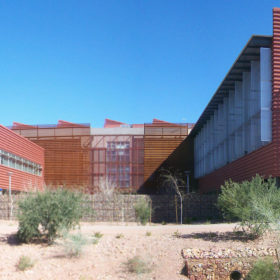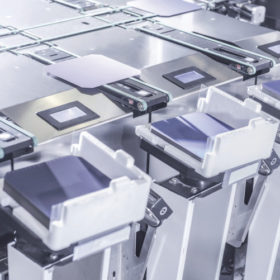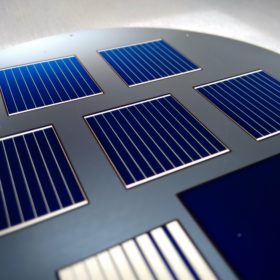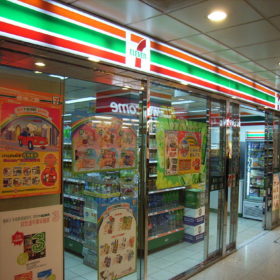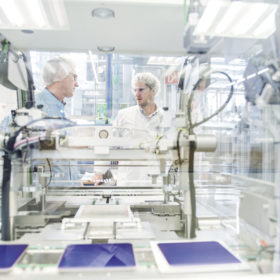URE Corp wants to begin TopCon solar cell production this year
The Taiwanese cell and module manufacturer claims to have achieved a 23.5% efficiency for its TopCon solar cell.
Indium-free passivated solar cell with 22.4% efficiency
French research institute Liten has built the device with a new cell architecture that combines ultra-thin polycrystalline silicon layers with films of passivated transparent conductive oxide (TCO) contacts.
Intense pulsed light processing for 23.0%-efficient silicon heterojunction solar cells
Scientists at Germany’s Fraunhofer Institute for Solar Energy Systems (ISE) have used intense pulsed light (IPL) processing for the development of a busbarless silicon heterojunction solar cell. ILP processing is roll-to-roll technique for rapid thermal processing of various thin films.
Screen-printed heterojunction solar cell with 20.48% efficiency
Researchers from the United States have used new passivated contact architectures to demonstrate a screen-printed silicon heterojunction solar cell on 40 micron thick standalone wafers.
Meyer Burger mulls gigawatt-scale German solar fab
Chief executive Gunter Erfurt told a German radio station a solar factory in North Rhine-Westphalia could supply high-efficiency panels for a 10 GW floating solar project on the vast Hambach open-cast coal mine.
New layer raises efficiency of heterojunction solar cells
A Dutch research team has used highly transparent, hydrogenated nanocrystalline silicon oxide layers to improve the optoelectrical performance of contact stacks in a silicon heterojunction device. The material is said to offer superior electrical as well as favorable optical properties.
Silicon heterojunction solar cell hits 23.5% efficiency with new hole-selective contact
Researchers from Switzerland’s École Polytechnique Fédérale de Lausanne have used molybdenum oxide as the hole-selective contact in an heterojuction silicon cell. The scientists claim the compound can compete with traditional contacts despite a lower level of optimization.
A new approach to performance simulation of heterojunction III-V solar cells
Scientists from Italy are proposing a new theoretical approach based on the combination of the scattering matrix method (SMM) with the Hovel method. The new model is said to describe with improved accuracy the propagation of electromagnetic waves in solar cells based on indium gallium phosphide (InGaP), indium gallium arsenide (InGaAs) and germanium (Ge), taking into account the interference effects. In their view, with proper antireflective coating III-V solar cells can reach efficiencies of more than 50%.
Kaneka tests bifacial heterojunction modules in Japan
The Japanese chemical company has supplied panels for a PV system on the roof of a 7-Eleven store in Kanagawa prefecture.
Sorbitol admixture to passivation layer increases HJT conversion efficiency
The race to the theoretical maximum conversion efficiency continues and with new lab results in, it appears a big leap forward may have been achieved at Leibniz University Hannover.
